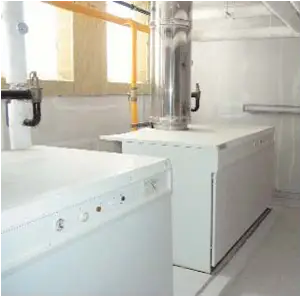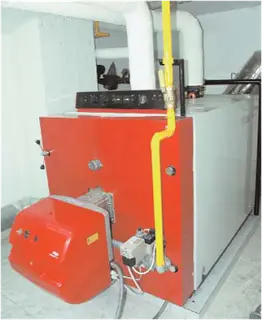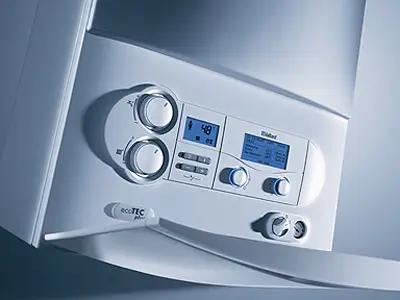Boilers are a fundamental element in the climate control of most buildings and, therefore, are one of the main elements that affect energy efficiency. Precisely because of this importance, a large part of the energy saving measures that arise in an energy audit fall on the improvement and verification of these heat generators.
Boilers transform the energy stored in the fuel into heat available for use in the building. Obviously, the boiler’s performance greatly affects the efficiency of the facilities. An inefficient boiler will directly impact on a higher fuel consumption and, therefore, higher economic expenditure.
There is a great diversity of boilers. Each type of boiler has its own characteristics, which give it a performance and suitable conditions of use. It should be the work of a specialized technician to decide the most suitable type of boiler for each particular installation, taking into account criteria of suitability both energy and economically.
Types of boilers according to the type of draft:
- Natural draft
They use the difference in density of the exhaust gases, of higher temperature, for evacuation. It requires a high exhaust gas temperature, which means lower efficiency. They are obsolete and are usually applied exclusively to low efficiency atmospheric boilers.
- Forced draft
They use a fan to force the extraction of gases. The extraction fan represents a small additional consumption, which is more than compensated for by the increase in performance that can be achieved by decreasing the temperature of the exhaust gases.
Types of boilers according to the type of combustion chamber:
- Atmospheric boilers (70-80% LHV efficiency)
They carry out combustion in a non-insulated chamber, and take air from the room or space where they are installed. The exhaust gases are vented through an exhaust gas pipe with a draft diverter. Their efficiencies are low mainly because they do not allow the amount of oxygen in the combustion to be regulated. They also pose a risk to users since, in case of failure, they can release toxic combustion gases into the room. The acquisition of atmospheric boilers has been prohibited since January 1, 2010.

- Room-sealed boilers (80-90% LHV efficiency)
They carry out combustion in a sealed chamber, completely independent of the room in which they are installed. They take air from outside the space, through a double concentric pipe that allows the entry and exit of gases. They are always forced draft, since the draft of the gases does not have enough force to carry out the suction and expulsion of the gases. They have higher efficiencies and provide greater safety for the user.

Other boiler classifications
The following terms and types of boilers are common within climate control installations and energy efficiency improvements.
Low NOx boilers These are boilers equipped with systems to reduce the amount of boiler gases. It is not a type of boiler itself, it is a feature. However, a boiler similar to a conventional sealed boiler is usually called this, with systems to reduce its emissions. Its efficiency is slightly higher than that of a conventional boiler.
Low temperature boilers They are designed to work with very low water return temperatures (40ºC, compared to 70ºC for a conventional boiler). This results in higher efficiency, around 95-98% of the LHV. The materials of these boilers are designed to withstand the condensation and formation of acids that these low return temperatures cause, and that would damage a conventional boiler in a short time.
Condensing boilers It is a special type of boiler, specially designed to avoid losses due to water vapor in the emitted fumes. To achieve this, they operate at very low emission (40 ºC) and return (30 ºC) temperatures, to avoid the formation of water vapor. They achieve the highest efficiencies, up to 108-110% of the LHV. However, they require special heating systems, such as underfloor heating or very high surface area radiators, to be able to work with such low temperatures. Otherwise, the condensation heat is not utilized, and the boiler operates similarly to a low temperature boiler.
